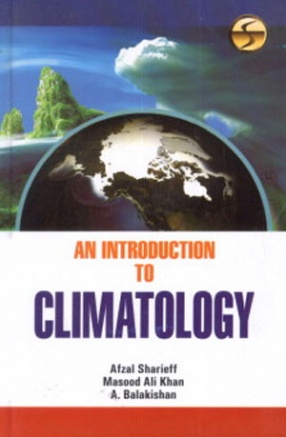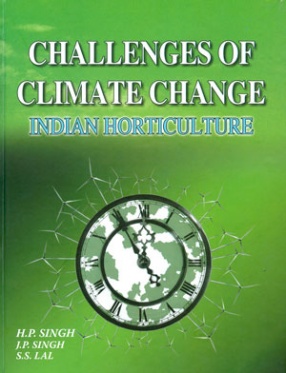Studies of the planet earth fall into four broad categories that embrace the solid lithosphere, water in the liquid hydrosphere and frozen cryosphere, the mainly gaseous atmosphere, and the life forms of the biosphere. Although the study of weather and climate focuses on the envelope of gases, continuous interchanges among the spheres produce an integrated environment, and no component can be understood adequately without reference to the others.
Weather, the day-to-day state of the atmosphere, consists of short-term variations of energy and mass exchanges within the atmosphere and between the earth and the atmosphere. It results from processes that attempt to equalize differences in the distribution of net radiant energy from the sun. Acting over an extended period of time, these exchange processes accumulate to become climate. More than a statistical average, climate is an aggregate of environmental conditions involving heat, moisture, and motion. Any study of climate must consider extremes in addition to means, trends, fluctuations, probabilities, and their variations in time and space.
Climate is an active factor in the physical environment of all living things. Its influences on human welfare range from the immediate effects of weather events to complex responses associated with climatic change. The modern communications media that inform us almost daily of floods, droughts, hurricanes, blizzards, heat waves, or other disasters somewhere in the world also bring news of the resulting property damage, crop failures, famine, or deaths. Dire views of the future promise global heating or cooling, advance or recession or polar ice, changing sea level, expanding deserts, and inevitable world hunger.










There are no reviews yet.